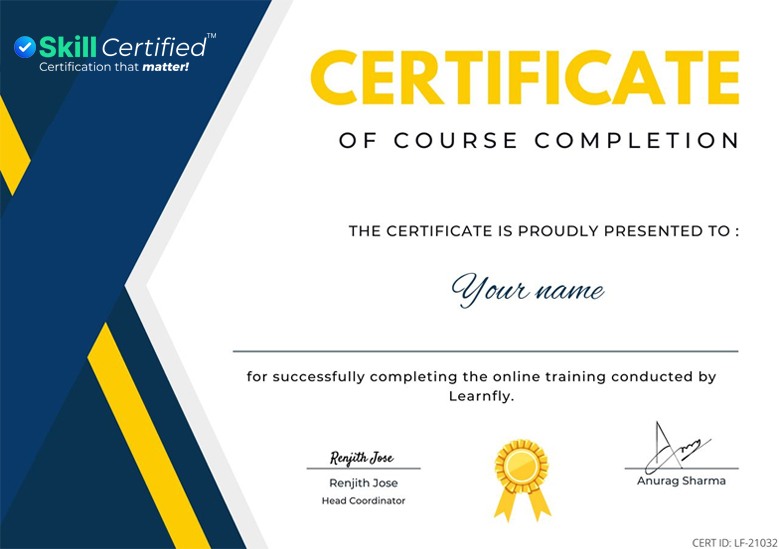November sale is liveEnds in
Get upto 30% discount on trending certification courses. Apply Now
This course training is available on request only. Send us your request with preferred date & Time & our training advisor will get back to you within 24 business hours.
Oracle Data Integrator is a comprehensive data integration platform that covers all data integration requirements from high-volume, high-performance batch loads, to event-driven integration processes and SOA-enabled data services. Oracle Data Integrator's Extract, Load, Transform (E-LT) architecture leverages disparate RDBMS engines to process and transform the data - the approach that optimizes performance, scalability and lowers overall solution costs.
Learn How To:
Benefits to You
Taking this course will teach you how to improve performance and reduce integration costs across your organization's heterogeneous systems. You'll be able to centralize data across databases using your new skills to perform data integration, design ODI Mappings, and set up ODI security. In addition, Oracle Data Integrator can interact with the various tools of the Hadoop ecosystem (such as Hive, Hbase, HDFS, Oozie, etc), allowing administrators and data scientists to farm out map-reduce operations from established relational databases to Hadoop. They can also read back into the relational world the results of complex Big Data analysis for further processing.
Implement High-Performance Movement and Transformation
Expert Oracle University instructors will teach you how to use Oracle Data Integrator (ODI) 12c to implement high-performance movement and transformation of data among various platforms. This course covers using ODI graphical user interfaces that enable users to access different ODI components and resources that form ODI infrastructure.
ODI Repositories
Using the graphical interfaces, you'll develop the knowledge to create and manage ODI repositories, which store configuration information about the IT infrastructure, the metadata for all applications, projects, models and other ODI artifacts.
ODI Topology, Models, Mappings, and Other Objects
Furthermore, you'll develop the ability to create the ODI Topology, organize ODI models and design ODI Mappings, procedures, packages and other objects. This course is based on Oracle Data Integrator 12c (12.2.1).
Please Note
The latest release of Oracle Data Integrator supports storing ODI artifacts into source code management systems (such as Subversion.) This course teaches you how to integrate ODI with Subversion.
 Live Interactive Learning
Live Interactive Learning Lifetime Access
Lifetime Access 24x7 Support
24x7 Support Hands-On Project Based Learning
Hands-On Project Based Learning Industry Recognised Certification
Industry Recognised CertificationGet a e-Certificate of Course Completion after successfully completing your live class with SkillCertified™. Share & showcase your proud achievement with your friends & colleagues. Join a live class today & start learning online from anywhere:
